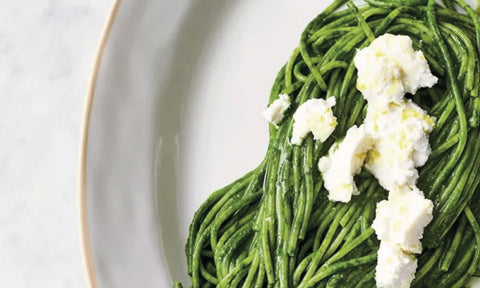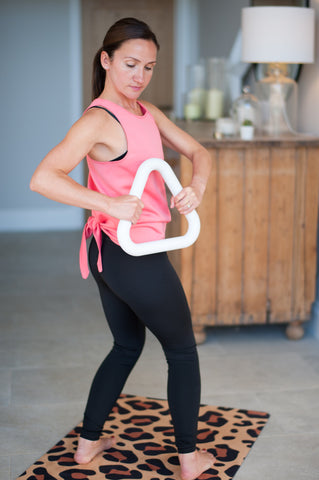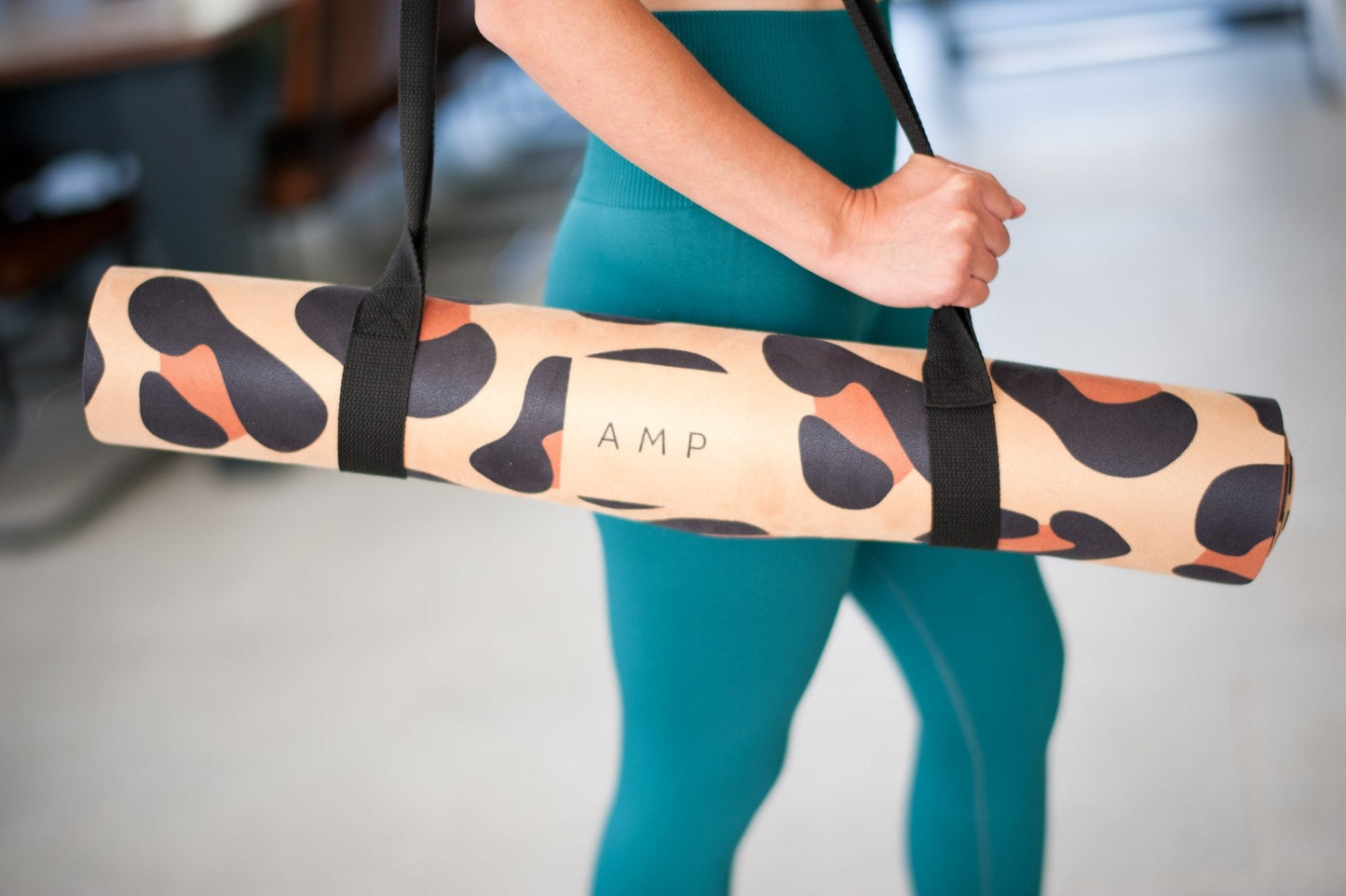Every month women strap in for a rollercoaster of hormonal, physical and emotional changes as they journey through the menstrual cycle. What many women don’t realise is that with the right knowledge, you can actually use your menstrual cycle to your advantage when planning your health and fitness routines in order to achieve the best results.
Each phase of your cycle has hormonal dips and increases, meaning our nutritional needs vary in different phases and certain exercises are better to perform at certain times of the month. This should not be seen as a weakness, but more of an opportunity to optimise your health and fitness in line with how your body feels and what it needs. Doing this can ensure you look and feel your best month to month.
Let’s take a look at how you can sync up your workouts and nutrition to work with your body, not against it.

Week 1: Menstruation - Take it easy
The first day of your period marks the beginning of your menstrual cycle. In this phase, your body is shedding the womb lining and you may experience fatigue, muscle aches, cramps, bloating and mood swings - hardly conducive to feeling motivated and ready to hit the gym.
It’s important not to be too hard on yourself at this time. If your energy levels are really low and you just don’t feel up for your usual intense workout - that’s okay. Listen to your body and give it what it needs. Instead of pushing yourself to extremes in the gym, opt for gentler activities like yoga, which has been scientifically proven to help ease menstrual symptoms such as cramps, breast tenderness and bloating. Plus, yoga can help reduce stress and improve your mood.
Nutrition tip: Iron is your best friend during menstruation, as you lose blood and iron through your period. Incorporate iron-rich foods like spinach, beans, and lean meats into your diet to help replenish your iron levels and keep your energy up.
Week 2: Follicular phase - Get your groove on
As you move into the follicular phase, which typically starts right after your period ends, you'll notice a surge in energy and a boost in mood. This is the perfect time to ramp up your workouts and challenge yourself with more intense exercises.
Cardiovascular activities like running, cycling, or swimming are excellent choices during this phase. Equally, this time of the month is ideal for incorporating some strength training into your workouts, whether that’s body weight exercises such as squats and push-ups, or training with weights. Your body's increased endurance, improved muscle recovery and better mental stamina will make it easier to push yourself at this time of the month, allowing you to achieve your fitness goals.

Week 3: Ovulation - Step up the intensity
During this phase, your oestrogen levels are at their peak which can make you feel radiant, sprightly and in the mindset to conquer anything.

It’s time to capitalise on these feelings by continuing your challenging workouts, perhaps adding some more strength training to the mix and higher intensity exercises such as HIIT (high-intensity interval training).
HIIT involves short bursts of intense activity followed by short periods of rest. Multiple scientific studies have found that HIIT is one of the most beneficial forms of exercise for our health, helping reduce the risk of various diseases, torch through the calories, and increase muscular and cardiovascular fitness.
Nutrition tip: Load up on whole foods, protein, antioxidants and omega-3 fatty acids to nurture and nourish your body. Berries, nuts, and fatty fish like salmon are some of the best foods to eat during ovulation. Research has also found that a diet high in plant-based foods, folic acid, and unsaturated fats, can help increase your chances of getting pregnant - if that is what you want.
Week 4: Luteal Phase - Take your foot off the gas
In the luteal phase, your body is preparing itself for a potential pregnancy. Unfortunately, this phase often brings with it the unpleasant premenstrual symptoms (PMS) we all know and hate - bloating, muscle weakness and low mood are not ideal for hitting the gym. But fear not, you can still maintain your health and fitness goals.
If you struggle with PMS, take your foot off the gas a bit and choose lower-intensity workouts like Pilates, yoga or brisk walking. These exercises are still great for endurance and building muscle mass and can also help reduce bloating and relieve tension. Listen to your body and don't push yourself too hard if you’re not up for it – it's okay to take it easy when you're feeling a bit beastly.
Nutrition Tip: At this time of the month, it’s normal to feel food cravings. To tame those cravings, reach for healthy snacks like almonds, Greek yoghurt, and dark chocolate. These options can help satisfy your cravings without derailing your healthy diet.

Foods high in vitamin D such as salmon or mackerel can also help reduce PMS symptoms such as irritability. Broccoli is high in vitamin A which helps regulate fluctuating hormones; pumpkin seeds are packed with magnesium to help lift your mood and prevent water retention; and eggs are a nutrient powerhouse, containing vitamins D, B6 and E, all of which can help ease PMS.
Summary
The key to success in tailoring your health and fitness routine to your menstrual cycle is flexibility. Your body is unique, and what works for one person may not work for another. Experiment with different approaches and find what feels best for you. It’s important to remember that it’s okay to take it easy sometimes and that this doesn’t mean you can’t achieve your fitness goals. By tuning into your body's natural rhythms and embracing the ebb and flow of your cycle, you will be able to maximise your results and ensure you feel good doing it.
Choose from our range of sustainable floor mats, including our eco-friendly, vegan suede and natural rubber yoga and Pilates mat and our cushioned recycled fitness mats, to support all your home workouts and studio classes.






















